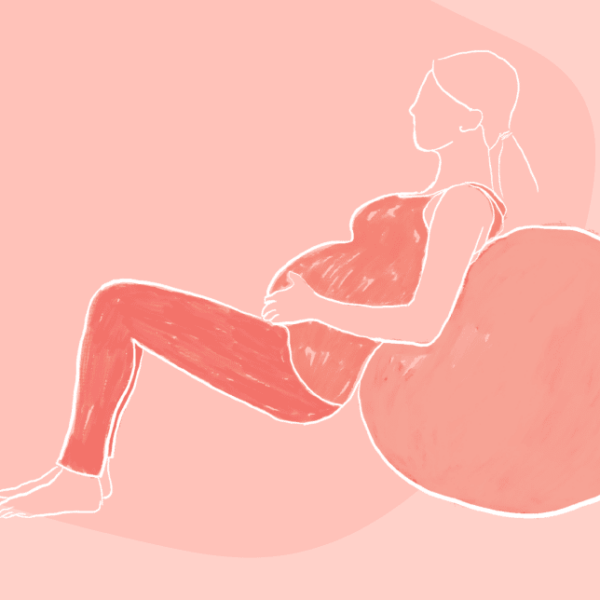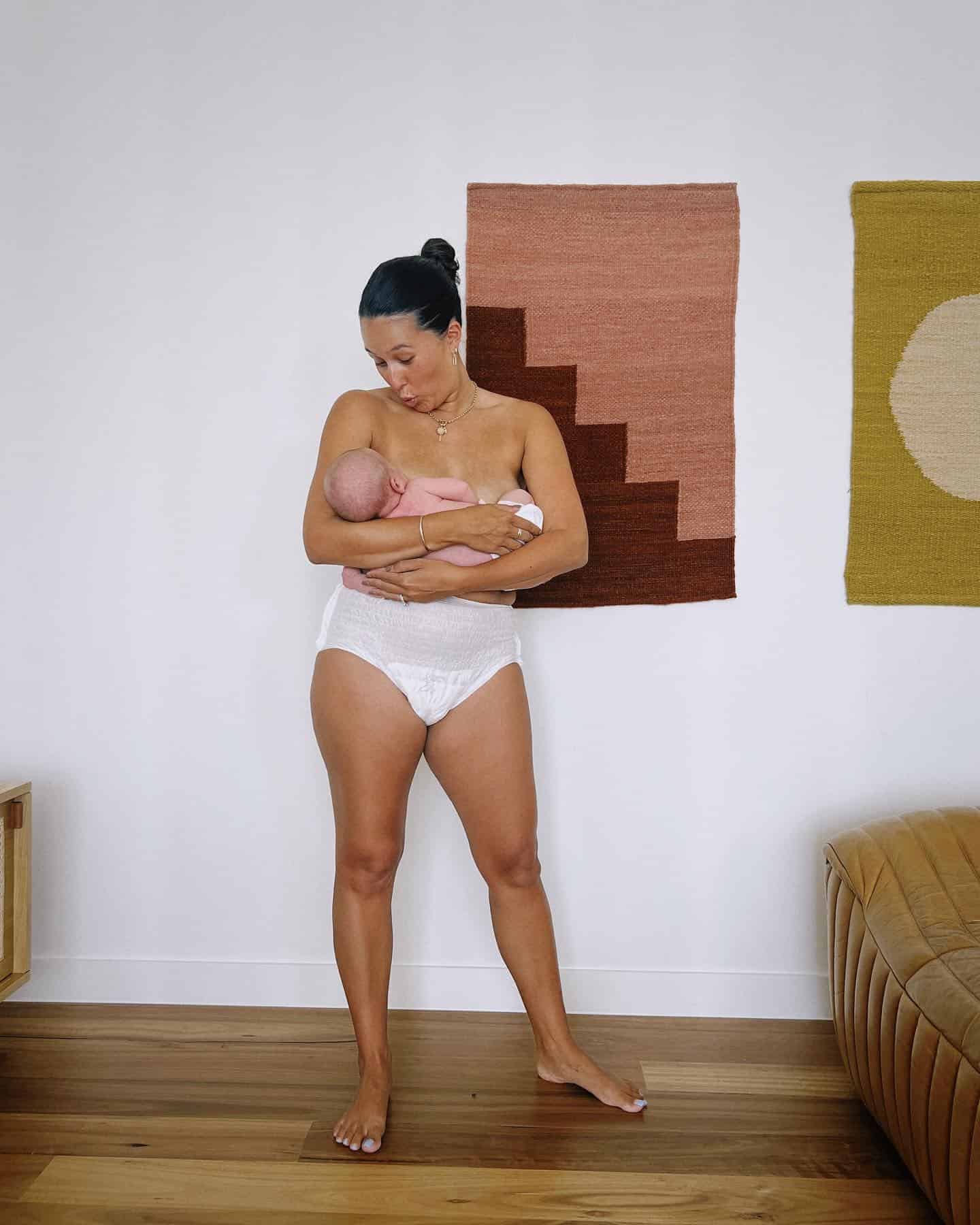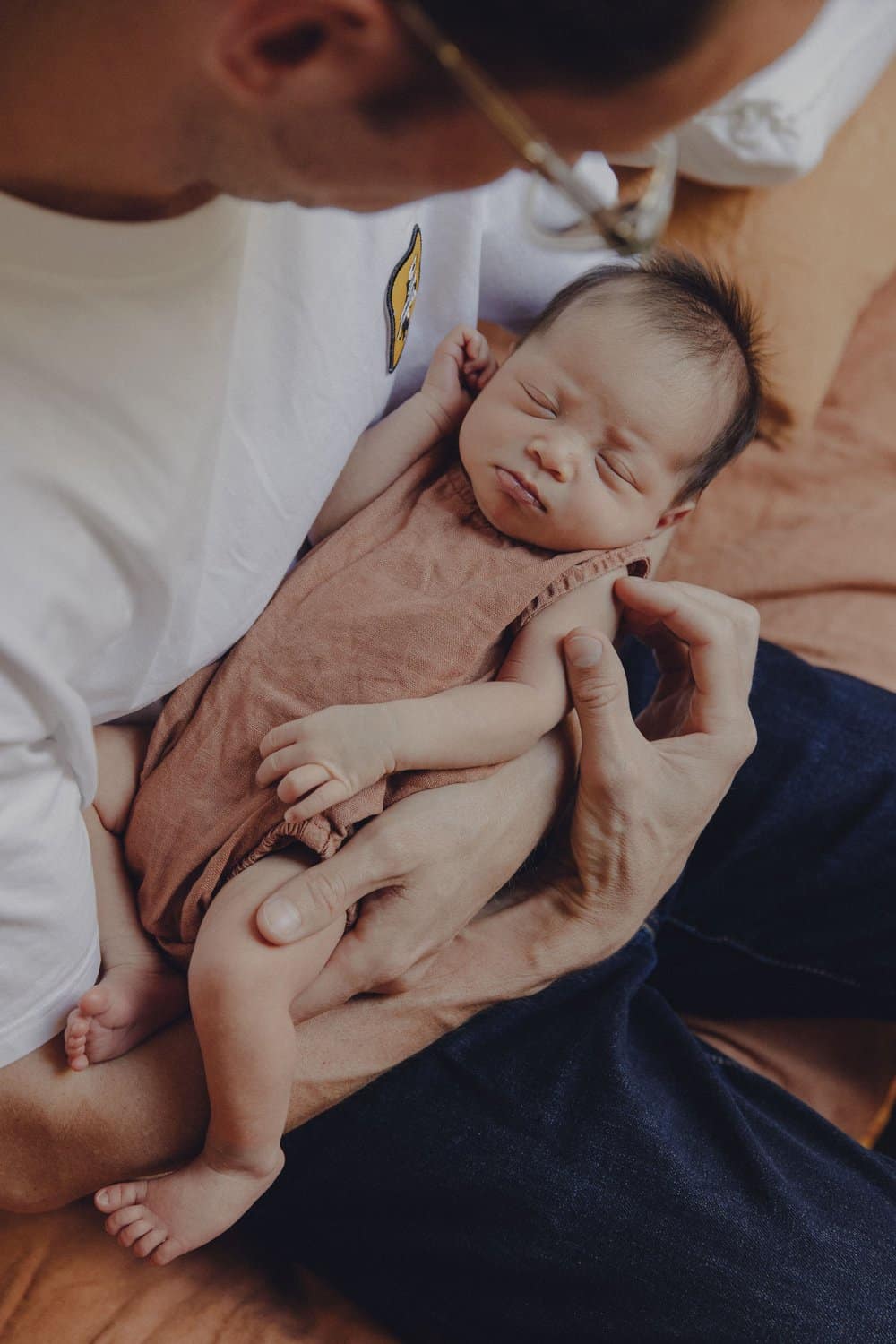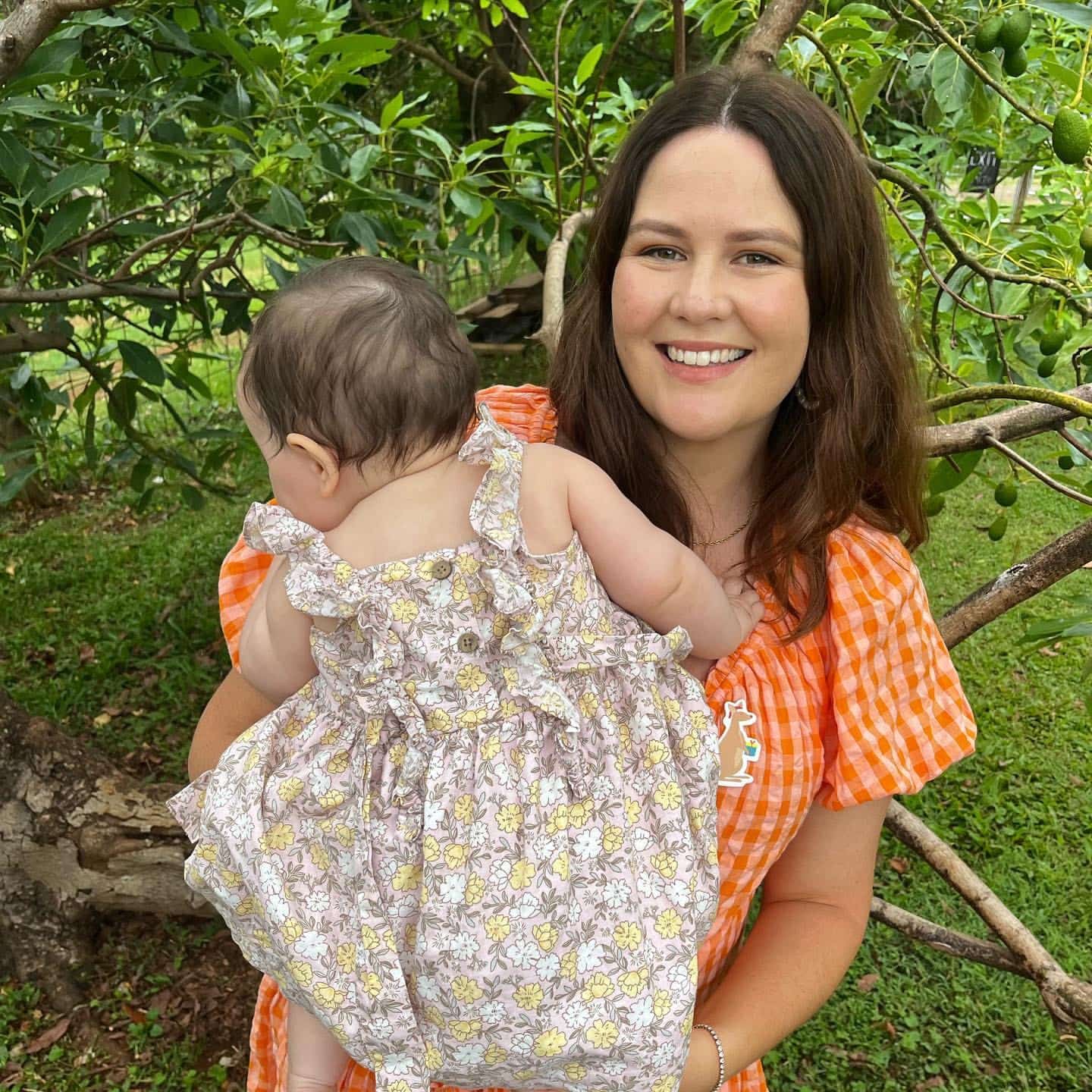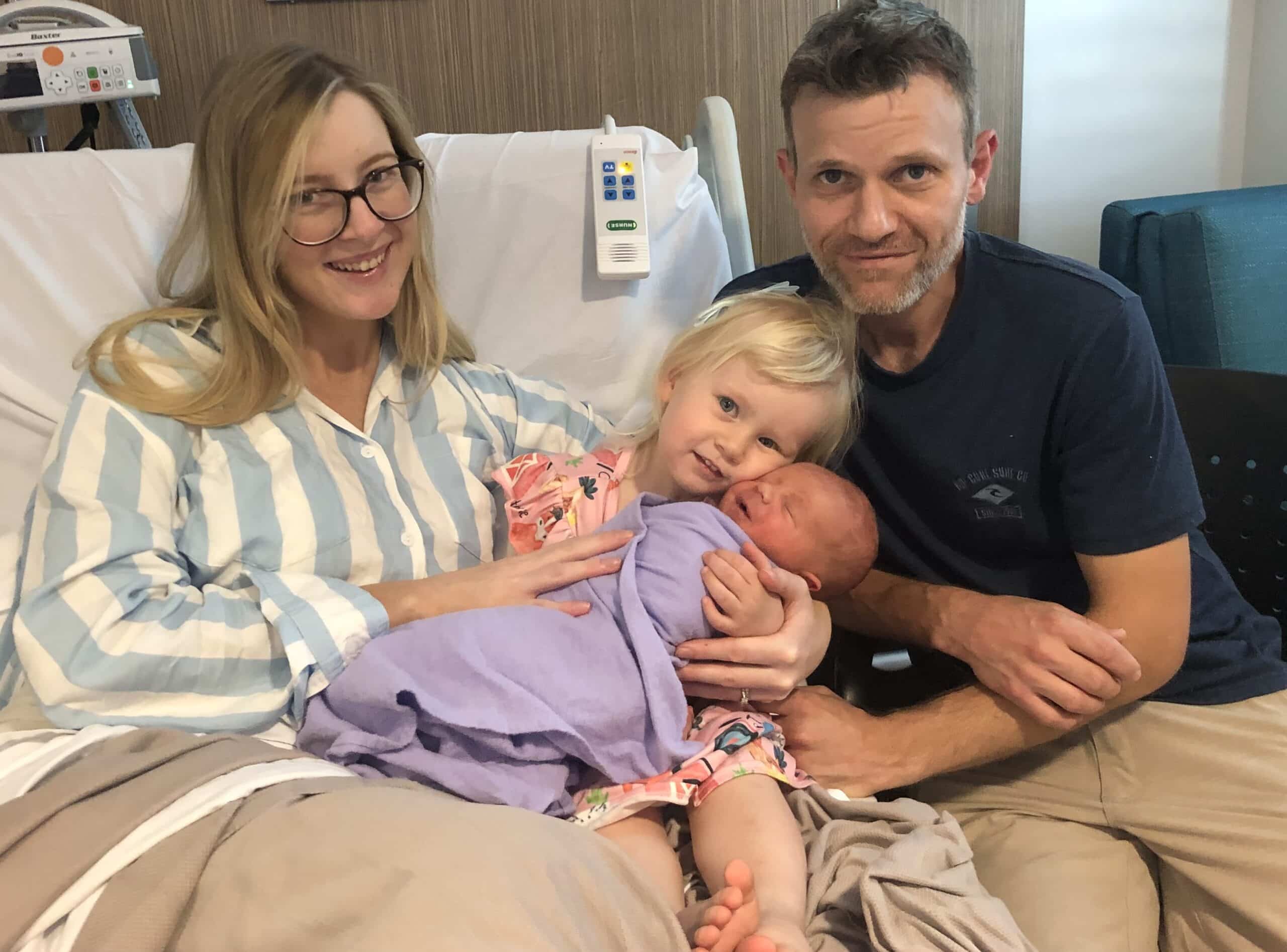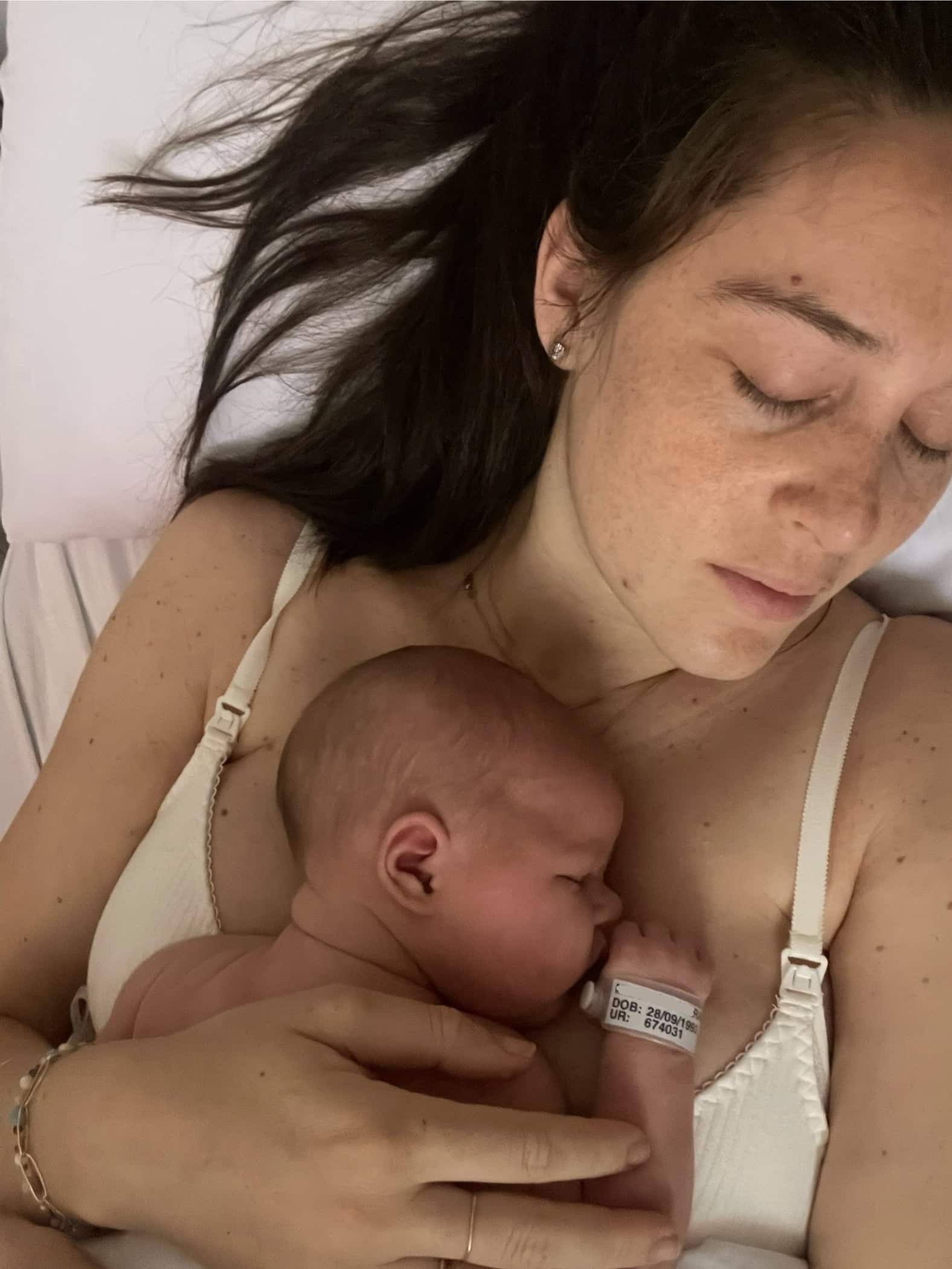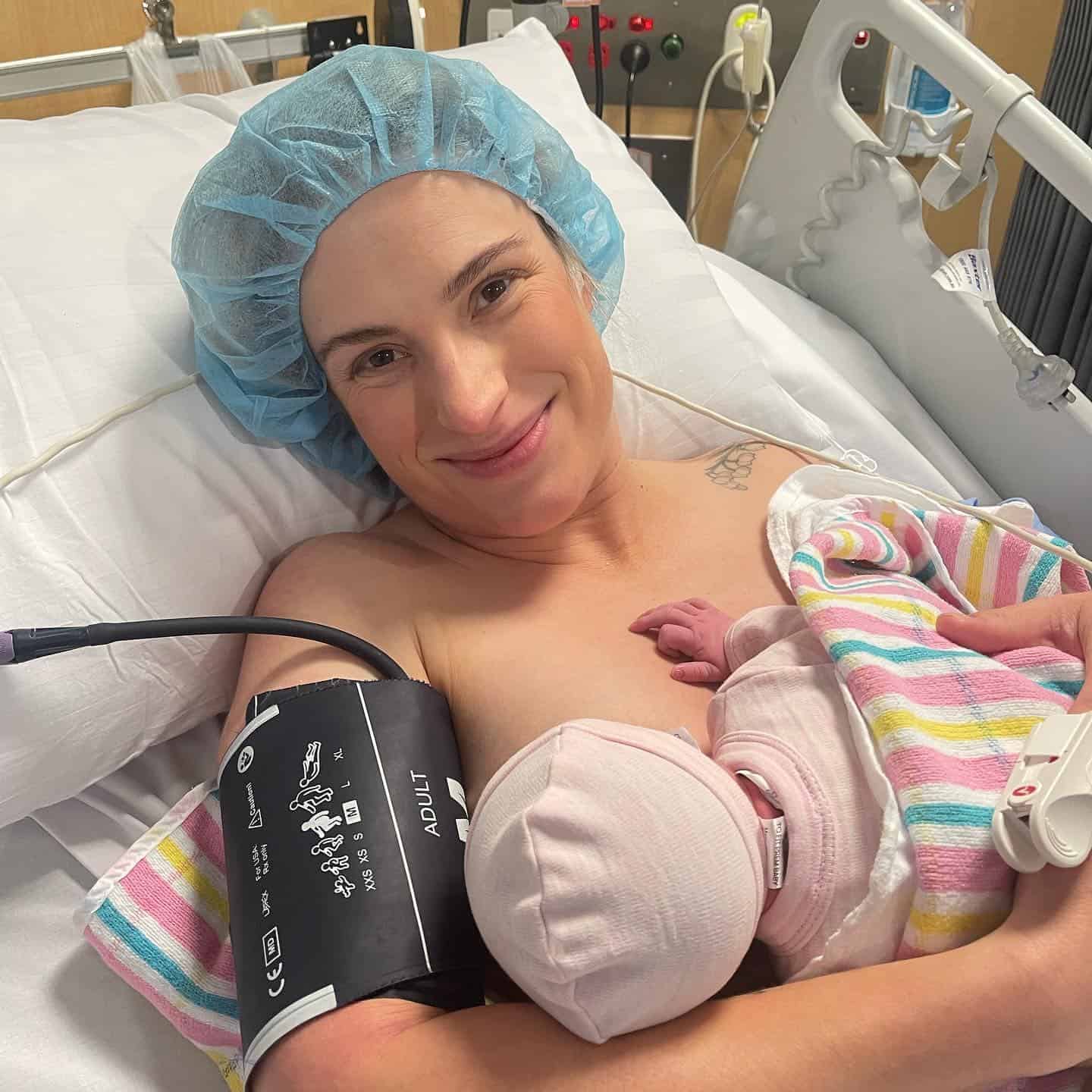Podcasts Claire – Two births, MGP care, ulcerative colitis, big baby, physiological birth
EPISODE 551
Claire – Two births, MGP care, ulcerative colitis, big baby, physiological birth
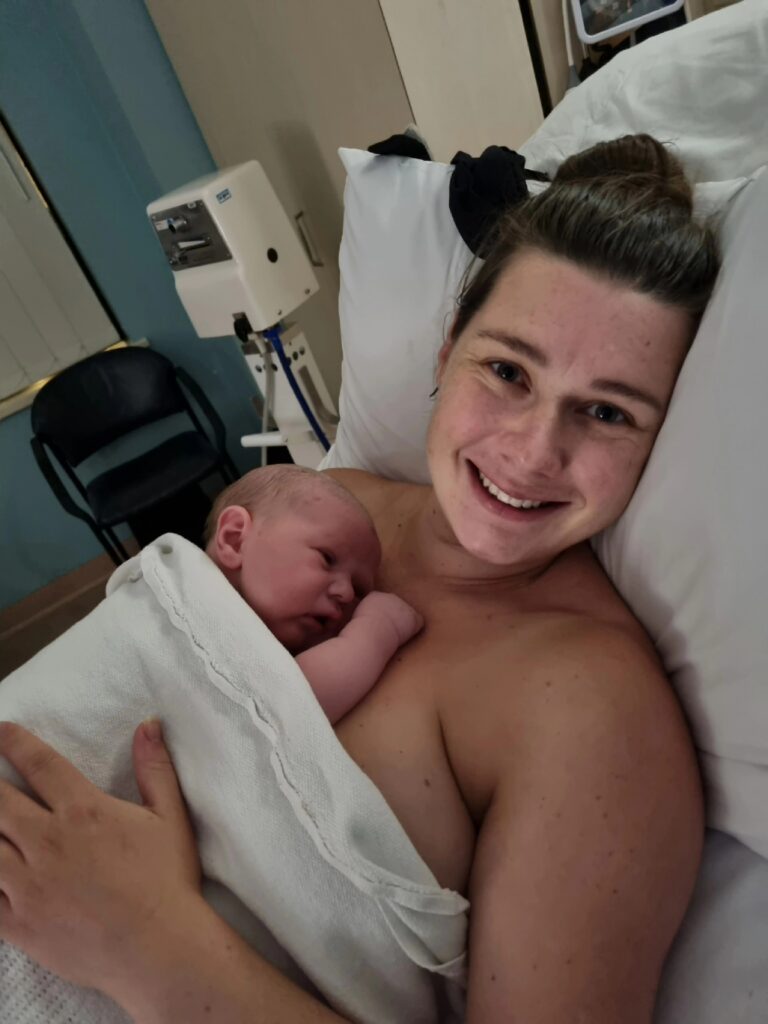
Claire’s first pregnancy was textbook perfect, leading to a beautiful physiological birth with her daughter Amelia. However, her second pregnancy brought new challenges when growth scans indicated a “big baby,” leading to discussions about potential induction that Claire navigated with confidence and research. Both births were supported through the Midwifery Group Practice (MGP) model, though Claire’s experiences highlight the importance of advocating for the care you want. Her story beautifully demonstrates how preparation, knowledge, and trusting your body can lead to positive birth outcomes, even when circumstances change.
“Even before we started trying, Aaron and I were quite proactive about getting on top of our health and making sure that was as optimal as possible, which made sense to us before conceiving a child. So probably about six months before we started trying, we went to see a naturopath, both of us, and just got blood tests and went on some multivitamins and different supplements to just support our health. I think I even had an iron infusion in pre-pregnancy, just knowing that lots of iron gets taken from you during pregnancy.”
Claire’s thorough approach to preconception health proved invaluable, particularly when she experienced a significant postpartum haemorrhage after her first birth. After six months of trying, they conceived in January 2022 during the COVID pandemic. The moment of discovery was both exciting and amusing: “I ran back down with the test in my hand and Aaron’s like, ‘what?’ I showed him and he’s just like, ‘oh my God, you have COVID.’ And I’m like, ‘no, it’s a pregnancy test.'”
Claire’s experience highlights the importance of being informed about your options. When her GP initially told her to wait for dating scan results before referring to the MGP programme, Claire’s podcast knowledge kicked in: “After listening to the podcast, I knew better. I know you have to get in really early with these things and this doesn’t sit well with me.” She advocated for herself and secured her place in the programme by seven weeks.
Having ulcerative colitis meant Claire was classified as “complex care,” requiring additional growth scans at 28 and 32 weeks. “Baby was tracking fine, no issues there the entire time,” she reflects, though this classification would become more significant in her second pregnancy.
Claire’s first labour began at 41 weeks with no prior signs. “There were absolutely no signs up until then. I think I did yoga the day before I went into labour.” Her mental approach to going “overdue” was refreshingly calm: “I just had in my head that 42 weeks, that’s the date that they might come and I’m okay with it.”
Labour started at 3am with contractions every 15 minutes, then fizzled during the day before ramping up again in the evening. “My waters broke in the car on the drive back home from the hospital. Thank goodness I was preemptive of that potentially happening and had towels and those puppy training pads down on the car seat.”
The birth itself was swift once active labour established. “I was standing up, leaning over the bed and roaring. Going from rhythmic labour to navigating really challenging, intense contractions was really hard mentally.” Amelia was born at 12:25am after about 20 minutes of pushing, with Claire on all fours letting gravity assist.
However, the third stage proved challenging. After attempting physiological delivery of the placenta for 40 minutes, Claire opted for the injection, which resulted in a 1.1-litre haemorrhage. “I was so oblivious to the whole thing, except for when the lights came on. I felt great. I guess the injection makes you feel good, right?”
Claire’s breastfeeding journey with Amelia was difficult from the start. “From pretty much the start, I had damaged nipples. All the midwives are looking at it like, ‘no, that’s fine.’ I’m like, ‘this just hurts’ and it was toe-curling.”
When Amelia lost weight beyond the normal range, Claire sought help from a lactation consultant who identified tongue and lip ties. The consultant also provided a laser therapy device: “It’s like a little pen, you wear these little glasses and hold it over your nipple for seven minutes a few times a day, and I think it really helped heal my right nipple.”
After getting the ties released at four weeks and triple feeding for a period, Claire successfully established exclusive breastfeeding by 10 weeks and continued until Amelia was 22 months old.
Claire’s second pregnancy brought different challenges. Classified as complex care again due to her ulcerative colitis, she found herself seeing multiple obstetricians rather than her midwife. “By 34 weeks I’d seen my midwife twice and seen about five different obstetricians on five different appointments.”
When growth scans showed the baby at the 92nd percentile at 34 weeks and 96th percentile at 36 weeks, discussions about induction began. Claire’s response was decisive: “Even just that word, I’m like, ‘no, this isn’t happening.’ I had to do a lot of research around big babies and I wanted to be really headstrong and know what I wanted before that was even talked about.”
She advocated to return to midwifery-led care: “I said, ‘can I actually have appointments moving forward with just my midwife? My appointments with the obstetrician are pretty much doing everything my midwife would do.’ They’re like, ‘yeah, that’s absolutely fine.'”
Labour with Lennox began at 40 weeks and six days, progressing much more rapidly than with Amelia. “Come six o’clock, I was like, ‘let’s put the TENS on.’ I still need to stand up through dinner, having a few bites, standing up. Amelia was like, ‘what is happening?’ I was like, ‘oh, mum’s just got a sore back.'”
The birth was notably more intense due to Lennox’s size. “He ended up being a pretty big baby – 4.4 kilos compared to my 3.4 kilo baby the first time. No wonder I could breathe her out a bit better, but this one, a lot more vocal.”
Despite the dramatic Hollywood-style water breaking and Lennox needing brief respiratory support, the birth was ultimately very positive. “I made a lot more noise this time, but I just remember thinking, ‘I know I’m noisy but it just is helping so much.’ It really helped get him out and open everything up.”
Claire’s honest reflection on life with two children resonates with many parents: “No one prepares you for it. Everyone’s like, ‘zero to one is so hard,’ but one to two – no one to two is so hard.” The challenges of managing a newborn’s witching hours alongside a toddler’s needs required significant adjustment and support.
Breastfeeding Lennox proved much easier thanks to her previous experience and his natural ability. “Within a day, he latched perfectly. I’ve not even had a sore nipple. He’s a champion feeder, so grateful this time.”
Claire’s story offers valuable insights for expectant parents:
– Preconception health matters: Her iron infusion proved crucial when she haemorrhaged
– Advocate for yourself: From securing MGP care early to requesting midwifery-led appointments
– Research empowers choice: Her knowledge about big babies helped her decline unnecessary interventions
– Trust your body: Despite scan predictions, she birthed her 4.4kg baby without complications
– Seek proper support: Professional lactation help transformed her breastfeeding experience
– Prepare for different experiences: Each birth and baby brings unique challenges and joys
Claire’s journey demonstrates that with preparation, advocacy, and the right support, positive birth experiences are possible even when circumstances don’t go exactly to plan. Her story will particularly resonate with parents navigating the public healthcare system, dealing with pregnancy complications, or facing discussions about “big babies.”
Episode Sponsor
Topics Discussed
IVF, Navigating Birth Plans, Same-Sex Conception
Categories
Related Products
-
The Birth Class
108 reviews$249.00The empowering online childbirth education program that will help you confidently prepare for birth.
Join the conversation
Sign up to get the latest updates, freebies, podcast releases straight into your inbox
@AustralianBirthStories
Follow along with us
@AustralianBirthStories
Follow along with us
@AustralianBirthStories
Follow along with us
@AustralianBirthStories
Follow along with us
@AustralianBirthStories
Follow along with us
@AustralianBirthStories
Follow along with us
@AustralianBirthStories
Follow along with us
@AustralianBirthStories
Follow along with us
@AustralianBirthStories
Follow along with us
@AustralianBirthStories
Follow along with us
@AustralianBirthStories
Follow along with us
@AustralianBirthStories
Follow along with us
